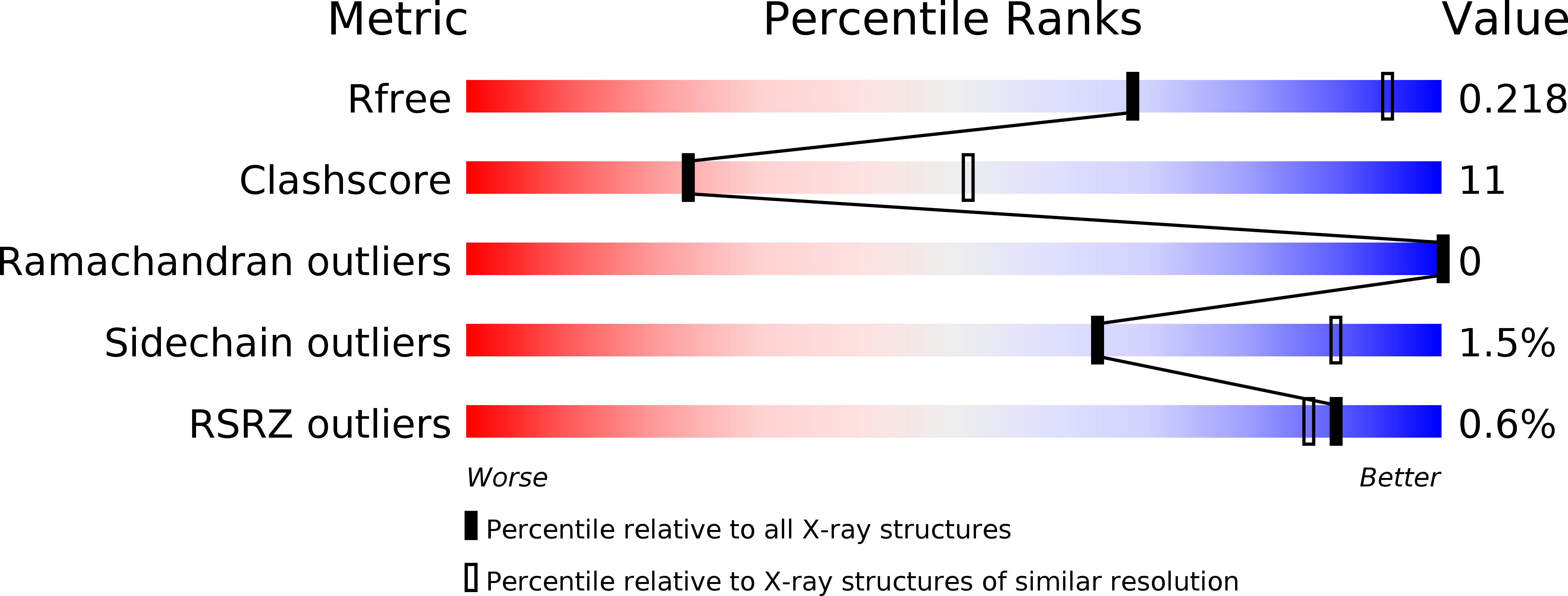
Deposition Date
2015-08-10
Release Date
2016-04-06
Last Version Date
2023-11-08
Entry Detail
PDB ID:
5AY8
Keywords:
Title:
Crystal structure of human nucleosome containing H3.Y
Biological Source:
Source Organism:
Homo sapiens (Taxon ID: 9606)
Host Organism:
Method Details:
Experimental Method:
Resolution:
2.80 Å
R-Value Free:
0.24
R-Value Work:
0.20
R-Value Observed:
0.20
Space Group:
P 21 21 21


